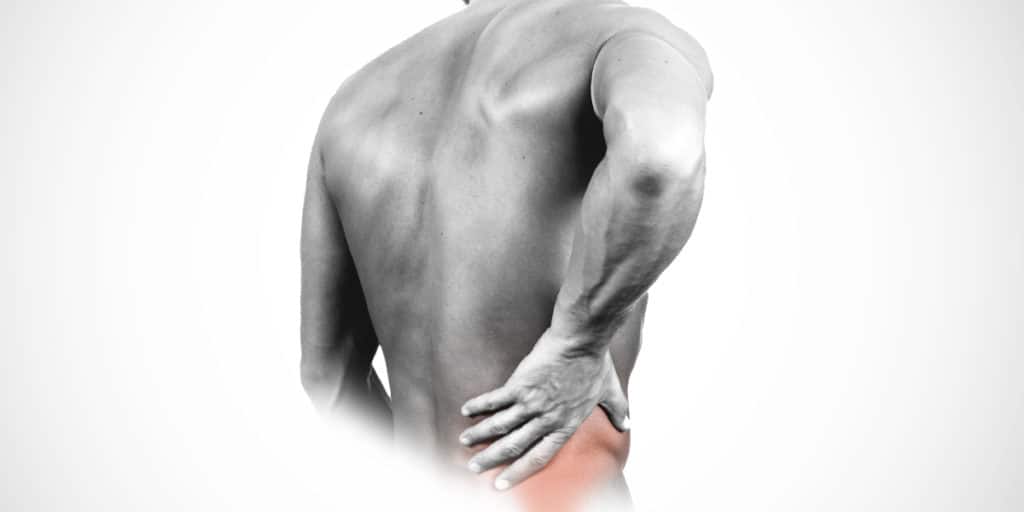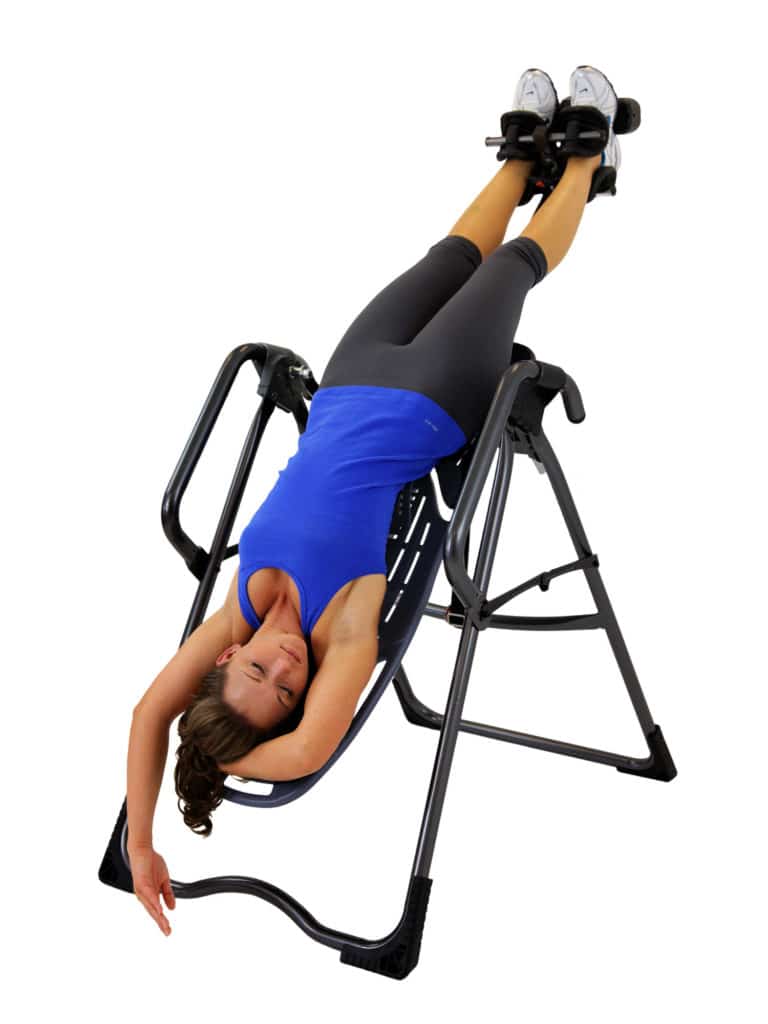What is Sciatica?
One common misconception about sciatica is that it is a diagnosis, where in fact sciatica is a symptom. The symptoms vary widely from person to person, but some that may be present with sciatica include one or any combination of the following:
- Leg pain
- Leg weakness
- Leg numbness
- Burning or tingling sensations down your leg, possibly even your toes
- Bad leg cramping
- Excruciating, shooting pain when standing or sitting
Less common symptoms are things like not being able to move your foot, toes, or bend your knee. All of these symptoms should be discussed with a healthcare professional – please consult your doctor before beginning any treatment for these or any other symptoms.
What causes sciatica?
Sciatica is most often the result of a nerve that has become pinched. This is usually the sciatic nerve, which is the longest single nerve in your body, running down each side of your lower spine, through the buttocks, leg, and feet.
The sciatic nerve is responsible for connecting the spinal cord with your leg and foot muscles, controlling your motor and sensory functions in your lower extremities. This is why when the sciatic nerve becomes pinched or damaged, the sciatica pain is felt mostly through the lower extremities.
There are several conditions that cause sciatica:
- The most common is herniated or slipped discs. When a disc is out of position or not healthy, its anatomy shifts or protrudes from its normal space, oftentimes resulting in the disc’s anatomy pushing on a nerve.
- Spondylolisthesis is when a vertebra is out of alignment with the disc above it. This results in the opening our nerves pass through from one vertebra to the next becoming too narrow. Too much narrowing can result in nerve irritation, pinching or damage.
- Piriformis syndrome develops from tightening or spasms of a small muscle deep in your buttocks, the piriformis muscle. This results in increased pressure and irritation of the sciatic nerve.
- Spinal stenosis is when your spinal canal narrows, causing added pressure on the nerves.
How to relieve sciatica
There are several methods for relieving sciatica or trying to get the symptoms to decrease in intensity or length.
Physical therapy, chiropractic, and massage therapy do help many but require time, travel, and funds. Ample rest is effective but also requires ample time, a luxury most do not have when the sciatica is keeping us from work or family activities. Medications may temporarily mask the symptoms, but do not necessarily target the core of the problem.
That’s why many people are turning to inversion tables for sciatica relief and other related back pain conditions.
Try Inversion with a Teeter
Teeter Inversion Tables have been shown to help relieve sciatica and the muscular or skeletal issues causing sciatica pain.
Inversion therapy allows your back, hip, and leg muscles (as well as your whole body) to relax, stretch and lengthen. When your muscles are relaxed and stretched, your spine is able to decompress and lengthen.
Spinal decompression helps herniated and slipped discs to heal naturally, decreasing pressure on the nerves. The spine is encouraged to return to proper alignment, which when well-aligned, provides ample space between each vertebra for the nerves to pass through.
The benefits of inversion to help relieve sciatica have been supported in a recent study by researchers at Newcastle University, identifying inversion therapy as an effective conservative treatment for patients needing help avoiding surgery to relieve their sciatic pain caused by a herniated disc.
The patients were divided into two groups, one which practiced regular physiotherapy on its own and the other that practiced physiotherapy in addition to using a Teeter inversion table. Their results were very encouraging for sciatica patients – those who practiced inversion with a Teeter were 70.5% less likely to require surgery!
Find Relief Now. Pay Later.
Now you can try Teeter in your own home FREE for 30-Days, 0% APR* with Affirm.

